
Hi Gang…
I wish I could have had a chance to meet Eric Irwin. I’ve been a fortunate researcher in many ways.
I got to know and became friends with Bill Tritt of Glasspar and his family. I visited with John Wills and work with the Wills family (Wasp and Skorpion) to promote the heritage of their father’s cars and work. But I never met Eric Irwin who created the first fiberglass car that was documented in the press (Modern Man Magazine, Joseph Wherry, November 1952).
Eric’s “Lancer” debuted at the November 1951 Petersen Motorama along with Tritt’s Boxer (Glasspar G2) and Wills Wasp and Skorpion. Ah to go back in time….what fun that would be! Although I never met Eric, I recently was able to do the next best thing. I met and have befriended Eric’s nephew Brian Jennings, and we’ve been having a ball talking about his uncle Eric Irwin and Eric’s accomplishments.
Today’s story is dedicated to Eric Irwin and his achievements in a world of mass production so many years ago. And not only did Eric create one of the first fiberglass sport cars, he wrote the first book on how to build your own fiberglass sports car – from soup to nuts – and published it in 1952. Earlier this year I wrote a story about the early fiberglass books, what they looked like, who wrote them, and the material covered inside of them. Click here to review the history of all early fiberglass books.
This is the earliest known ad for any book on how to create your own fiberglass car. It appeared in the August 1952 issue of Auto Speed and Sport Magazine.
Today’s story shows the first iteration of Eric Irwin’s book, “Building the Plastic Car.” The first version of this book shown today was soon replaced with a smaller one that covered less information, so the value and power of Eric’s insight in this first – and only known copy – of his manual on the “Building of the Plastic Car” is invaluable as a tool to learn how these early cars were first built.
Let’s take a look at the first few paragraphs of what Eric had to say. Then, we’ll review high resolution scans of each and every page.
Hold onto your fiberglass hats and away we go….
Building the Plastic Car (1952)
By Eric Irwin
Chapter 1: Fiberglass and Plastic
The odds are you have said more than once, “I bet I could design a better looking car than that.” Well, here’s your chance. And you can build it of fiberglass and plastic with a minimum of tools and money. Constructing a fiberglass and plastic body isn’t an impossible job for the average hobbyist who can visualize the car he would like to drive and is willing to use his spare time to gain it.
But it isn’t an overnight proposition. The advent and acceptance of fiberglass and plastic is placing before the American man a means both simple and economical of creating an individual auto body to his own styling and design ideas.
The combination of fiberglass and plastic possesses many of the qualities long sought for in auto bodies. It is inert; it has great resiliency, will not stay bent; it is light for its strength, does not need heavy nor complicated stiffeners or sub-frames; and it is easily and cheaply repaired if it is damaged and resists damage to a much greater degree than metal. It will neither rust nor oxidize and will hold its paint as long or longer than metal.
Let’s dig in now and have a look at the entire book. Remember you can click on each page below and this will make it larger on your computer screen.
Summary:
In Eric’s book above, he talked about the method of construction, how to design your own body, chassis, and even how to create your own molds. Eric was comprehensive in his approach and careful in his craft. If you are fascinated with the history of building these early fiberglass specials – this book and its reading above is definitely for you!
Creating one of the first fiberglass cars…..creating the first book on how to build your own fiberglass car from scratch….having his “Lancer” featured in the Johnny Dark movie…..Eric Irwin was one accomplished fiberglass designer and creator, and I’m honored to feature his story and his achievements here at Forgotten Fiberglass.
Hope you enjoyed the story, and until next time…
Glass on gang…
Geoff
——————————————————————-
Click on the Images Below to View Larger Pictures
——————————————————————-
- This is the earliest known ad for any book on how to create your own fiberglass car. It appeared in the August 1952 issue of Auto Speed and Sport Magazine.
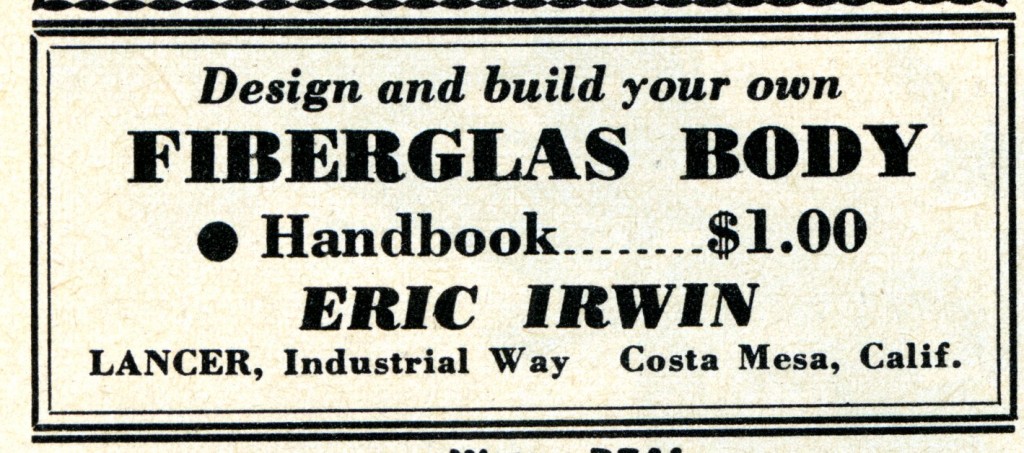
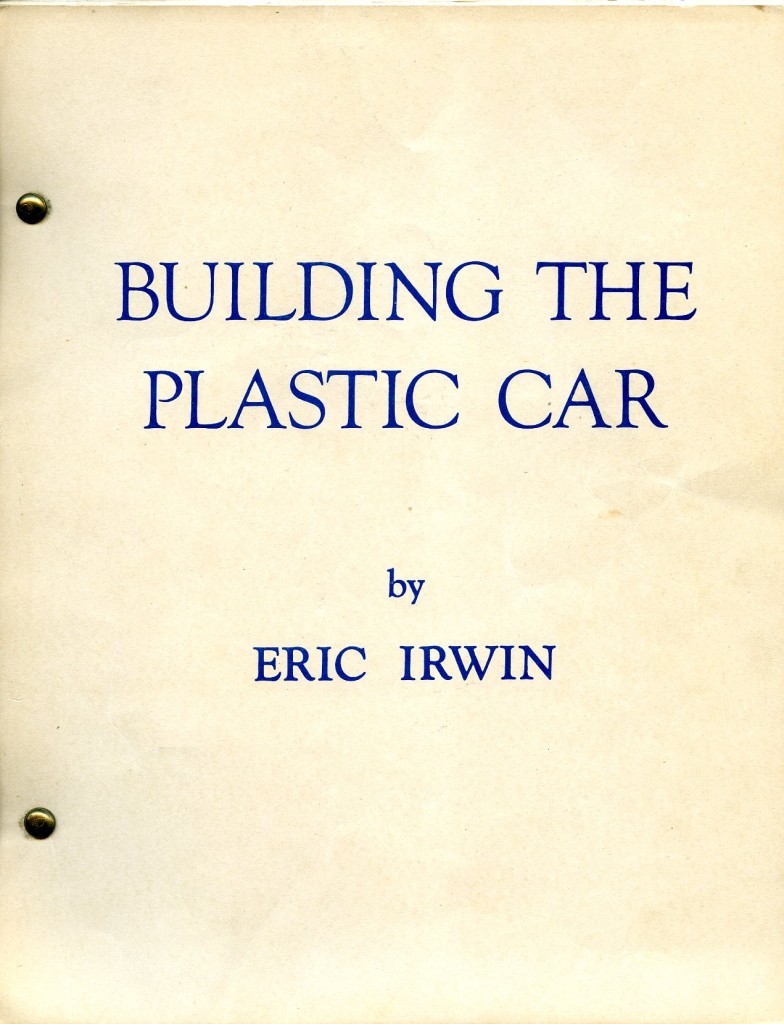

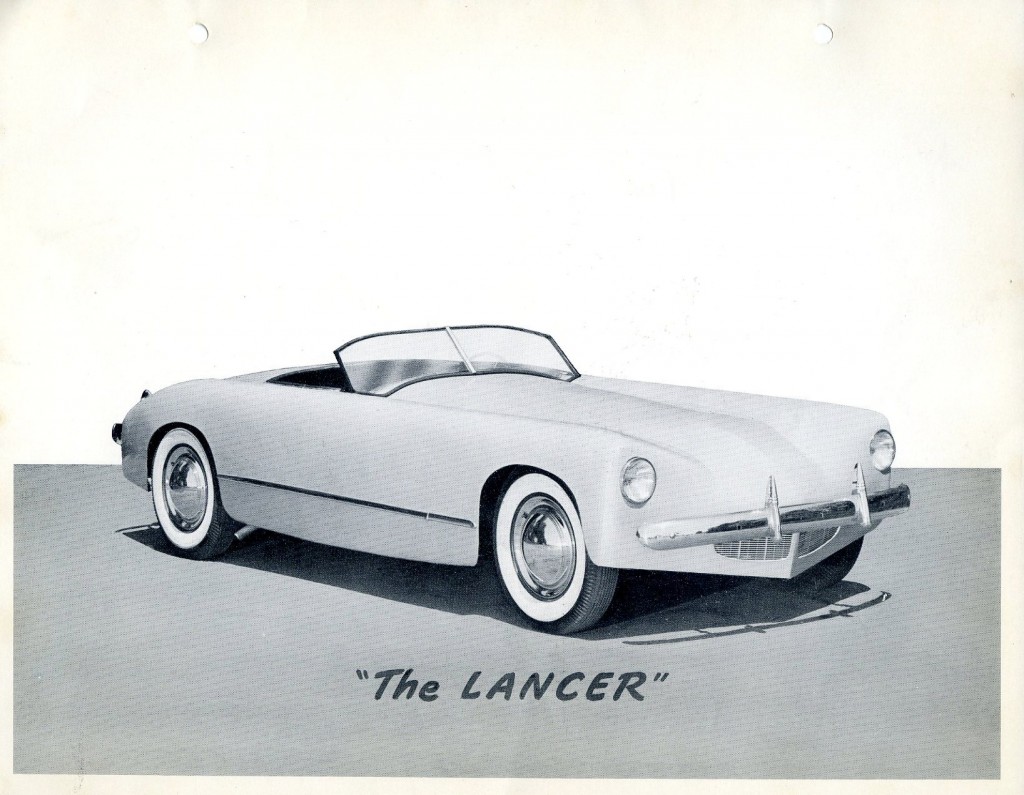
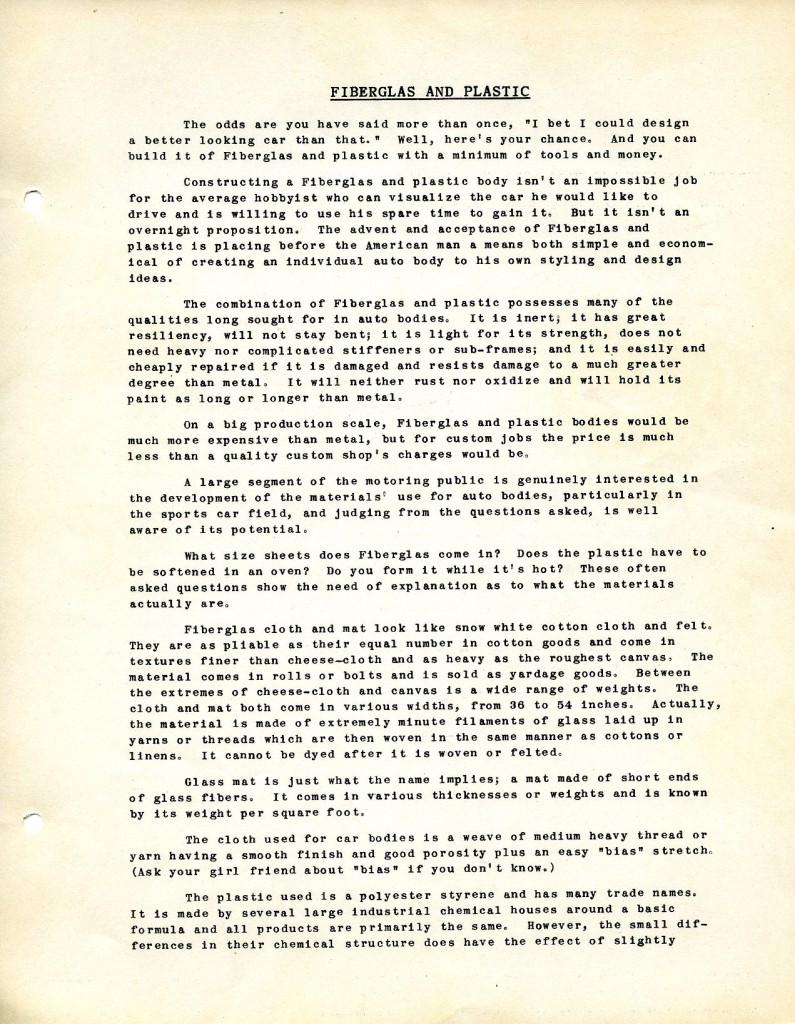
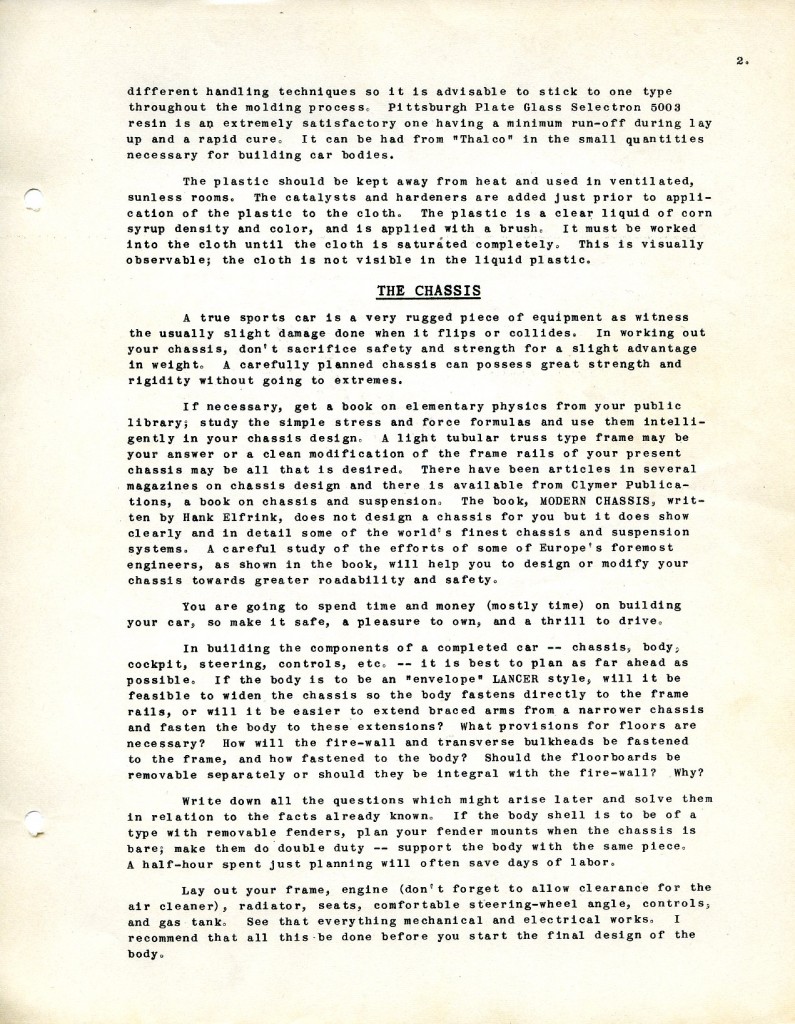
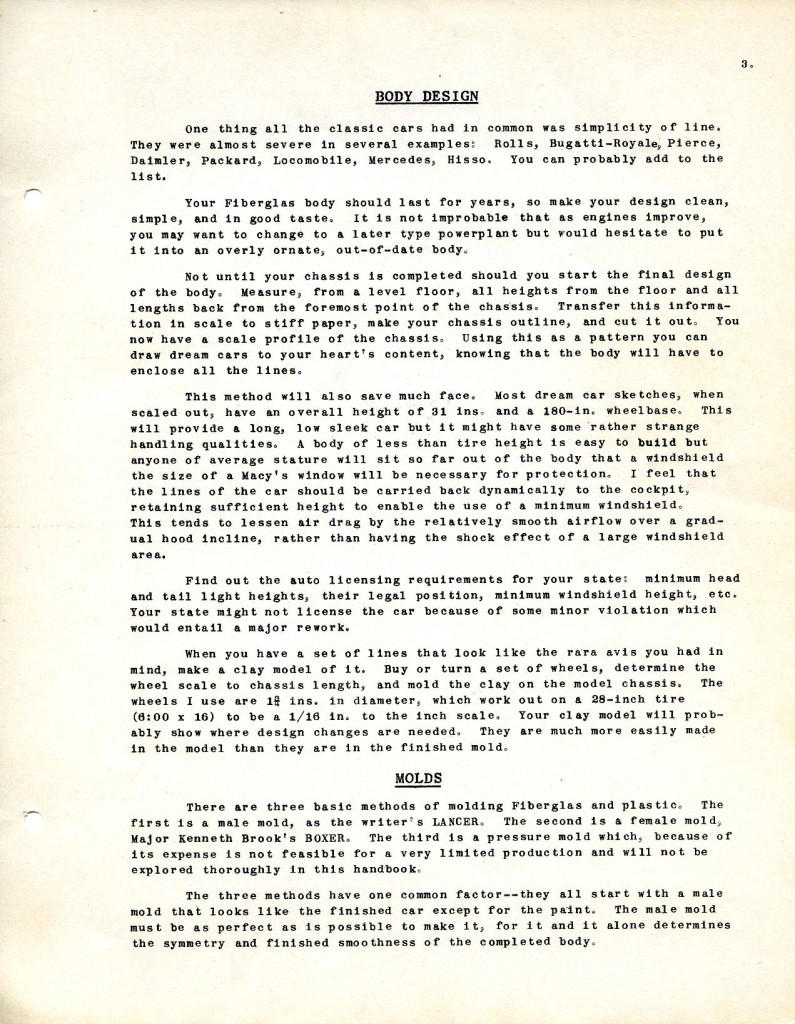
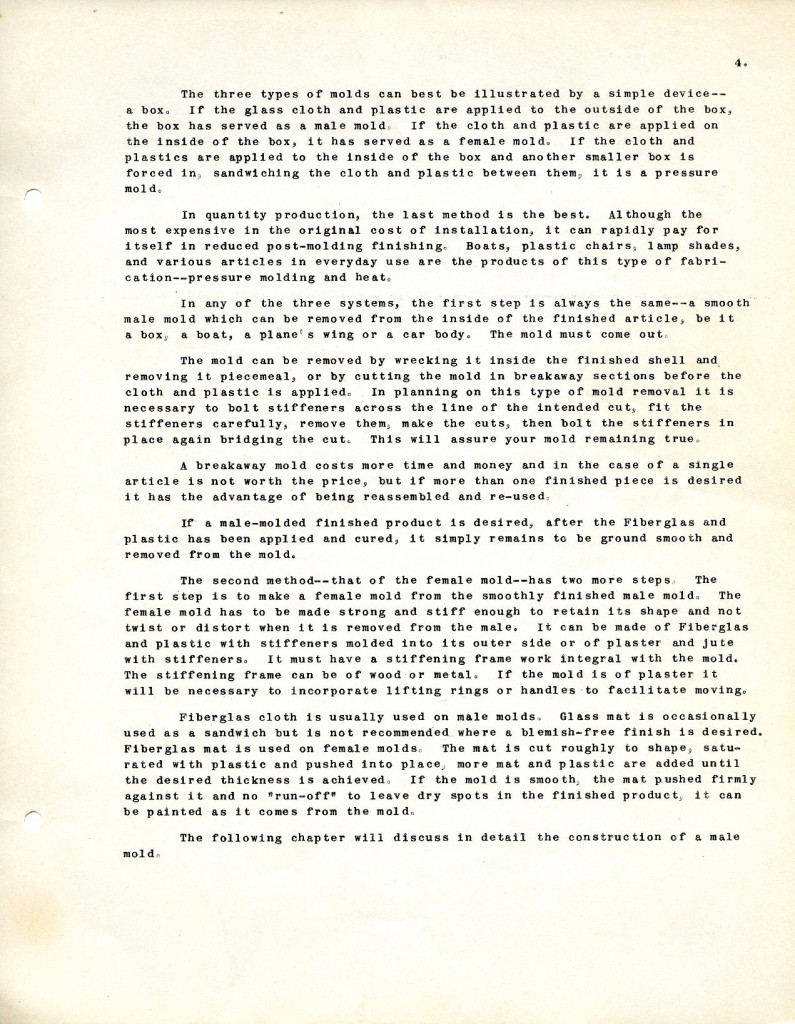
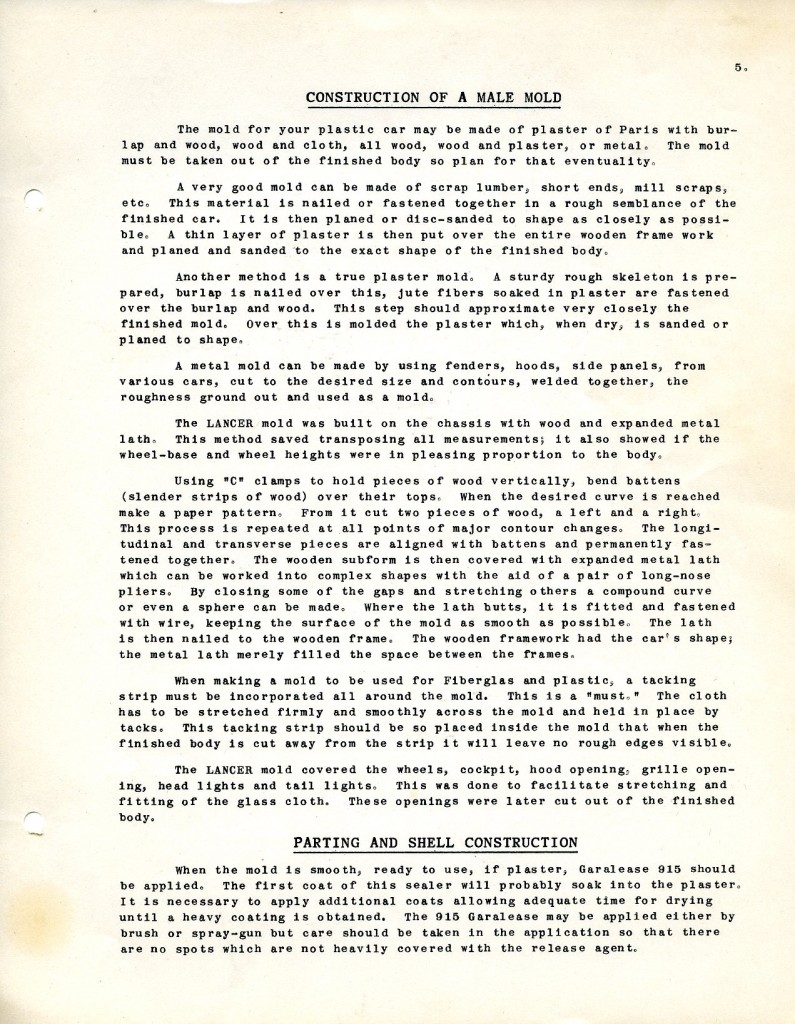
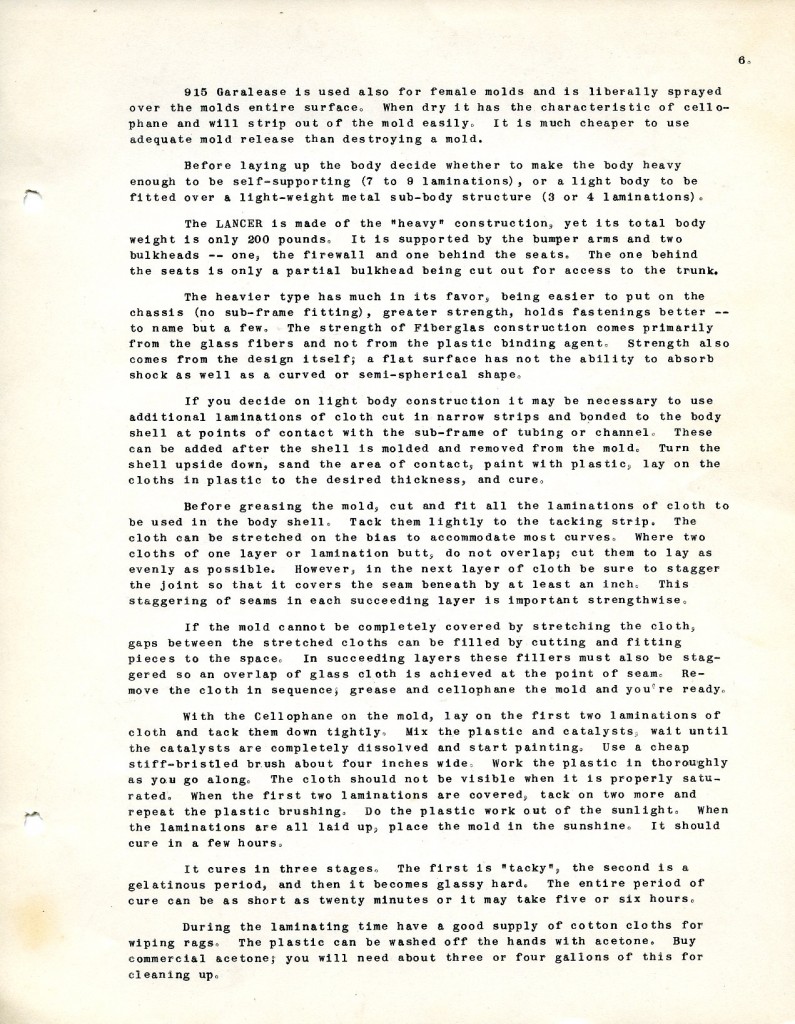
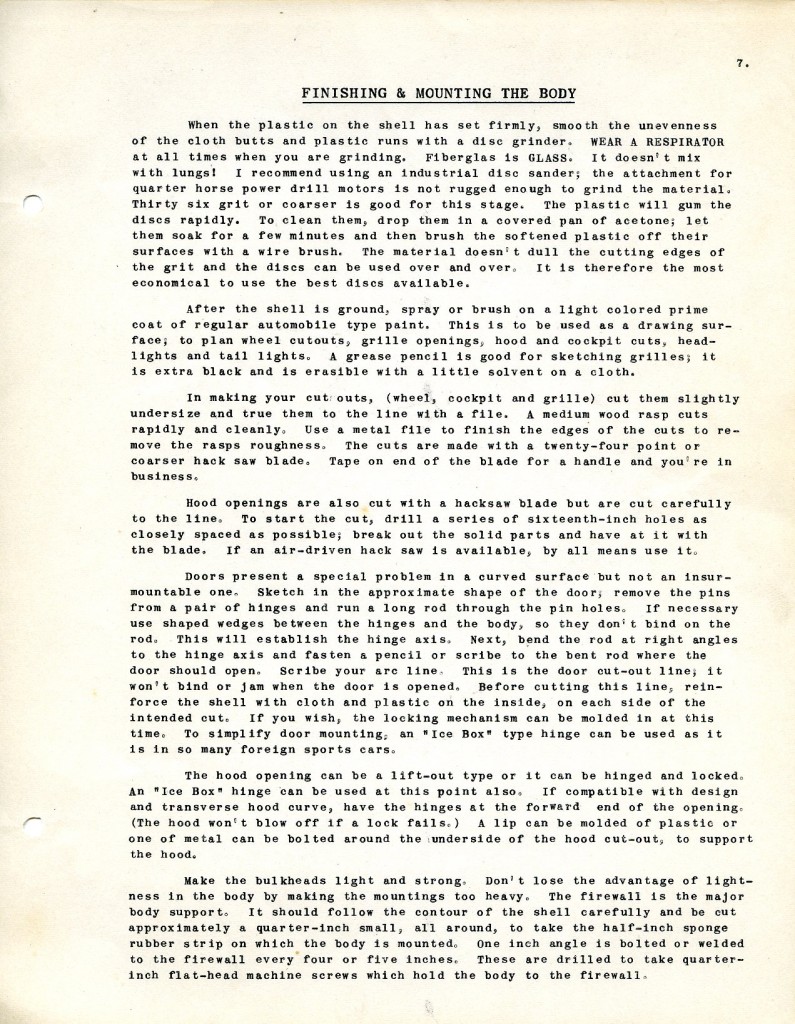
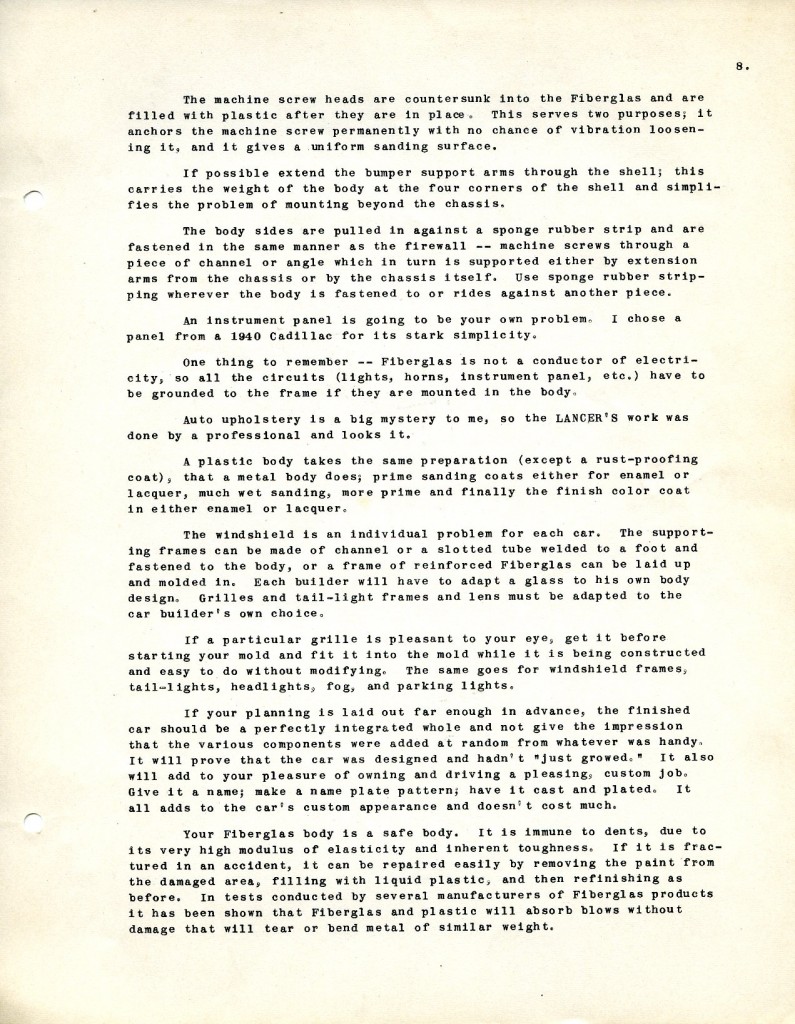
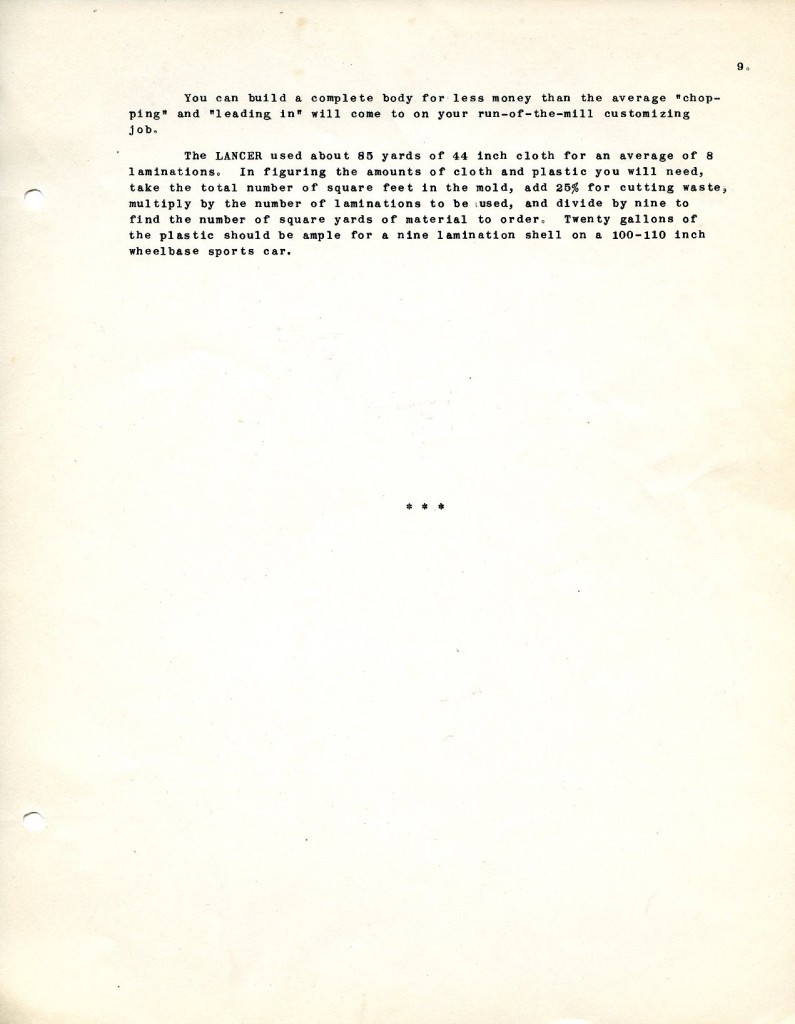
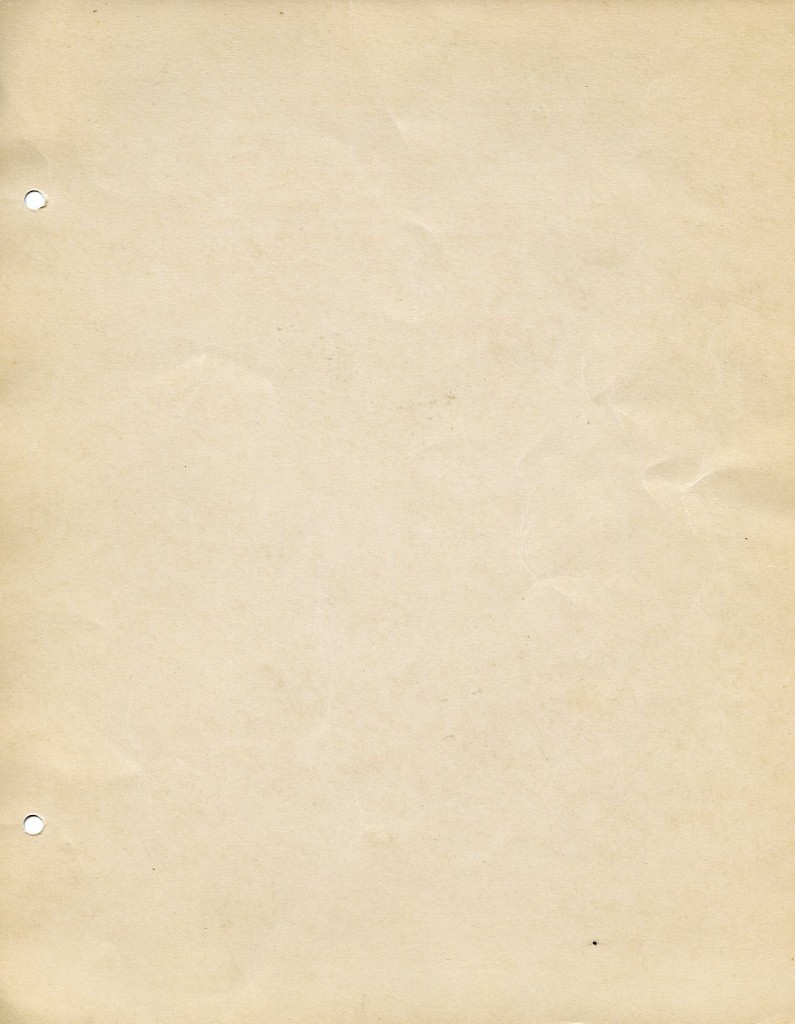
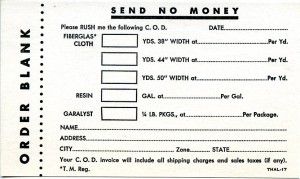
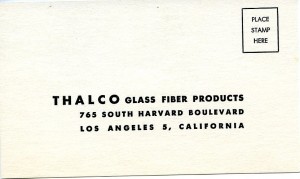

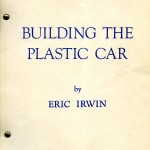
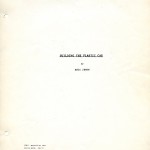
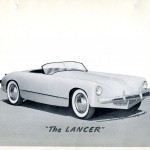
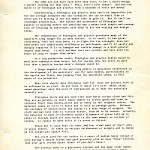
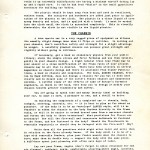
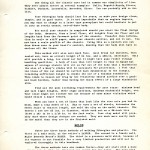
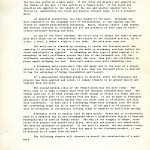
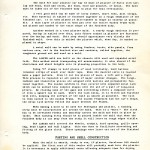
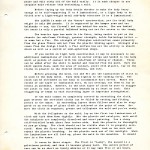
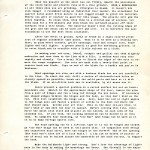
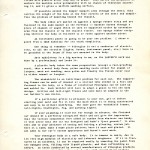
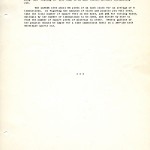

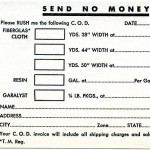
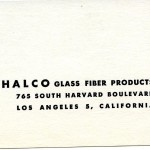

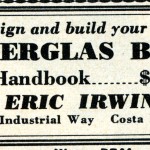
Never mind! I went through the archives and asaw you did a piece on the book. Great!
Tony
Geoff, there was also “CUSTOM CARS Glass Fabric Hydro Styling” by James A. Lampman, also 1952, who published a 28 page how-to using fiberglass over water-filled vinyl to create and shape out body panels. I have a copy if you don’t.
Tony
Jim’s comments are right on the money..I have a copy of John Wills Auto Body Construction Simplified the Bible of fiberglass body construction copright 1955..In spite of the fact that I worked around Victress with Doc and Merrill in the late 50’s..I figured i was ready to build a body of my own design..Long story short I still made a few mistakes..You can’t beat experience..
Mel
Jim…. great analysis and comments – thanks so much for taking the time to react to this earliest of “early fiberglass books.” You’re right – Irwin was focusing on how to built a “one-off” design and when he wrote this piece/booklet in early/mid 1952, there was just the initial “one-off” Lancer. By November/December of 1952, Eric Irwin was working on his second design and this is shown in a December 1952 Motor Trend article. By 1953 both his second and a third design were available and he was selling bodies to the public. We have quite a bit of history on his cars thru the great help of Eric Irwin’s nephew – Brian Jennings.
Great comments Jim and keep ’em coming!
Geoff
I neglected to put my web site and email address in case any one has any questions or comments.
http://www.simpsondesign.net
jimonwhidbey@yahoo.com
Thanks Geoff, for publishing this early work about Fiberglass body construction and mold making. Having made numerous bodies and molds, it is a fascinating look at the history of the industry and how far we have come. Mr. Irwin was clearly an early pioneer in the craft of making up fiberglass components. While a very insightful look into history, I worry about folks trying to duplicate his efforts now a days.
One of the confusing things aside from the lack of illustrations and photos, (I understand how difficult that would have been back then) is the use of early terms. One thing the reader should understand is the male part or master shape you are creating using foam or clay or perhaps plaster (which is very dangerous to breath when sanding, in fact plaster or gesso, is solely responsible for having killed many famous Italian coachbuilder/designers) is this body lofting or “Plug” is what your making molds off of. Clay while expensive and there will be a learning curve that is pretty steep, is quite safe by comparison.
One of the things to consider is that you will have shapes that will create a reverse draft or undercut in a mold that will lock your plug or master into the mold.
Mr. Irwin does lightly cover the idea of breakaway molds or multi segment molds but seems to more be concentrating on “One Off Designs”. The additional amount of time to do flanges and breakaway segments is small in the dividends it will return when making parts.
Gel Coats and modern mold releases are essential in creating molds. Even on concept cars that GM Ford and Chrysler made over the years, molds were designed for multiple parts even when they were often times very lightweight molds or tooling. This was done in case a show vehicle was damaged in transit. The studio’s recognized that having spares or being able to make them in short order was a good plan.
One of the fallacies of fiberglass for years has been if it is thicker it is stronger…
Not so at all in fact one of the things you get with a thick resin rich body is lots of shrinkage, cracking, and over the course of time deterioration, and of course weight that is not desirable.
I learned early on from Chuck Beck and Kevin Hines some of the best designers and glass guys in the industry, of how to make parts with less resin and weight that were super strong.
While I had not intended on doing a piece on fiberglass design and production techniques for simple production, perhaps it is time I think about it. By the way I will be doing a piece on Chuck Beck, and Kevin Hines who are a couple of the heroes and actually quite famous in the world of fiberglass cars. Remember the Beck Spyders and the Puma from Brazil?
In the mean time if anyone has any questions, please feel free to ask. There are no trade secrets as far as I am concerned. Remember whether your sanding down the paint or filler on the fender on your modern car or doing fiberglass grinding, for goodness sake, and your life wear breathing protection and have very good ventilation. All of these things are very bad and or deadly to breath. Respiration devices are another subject for the DIYers that needs to be broached.